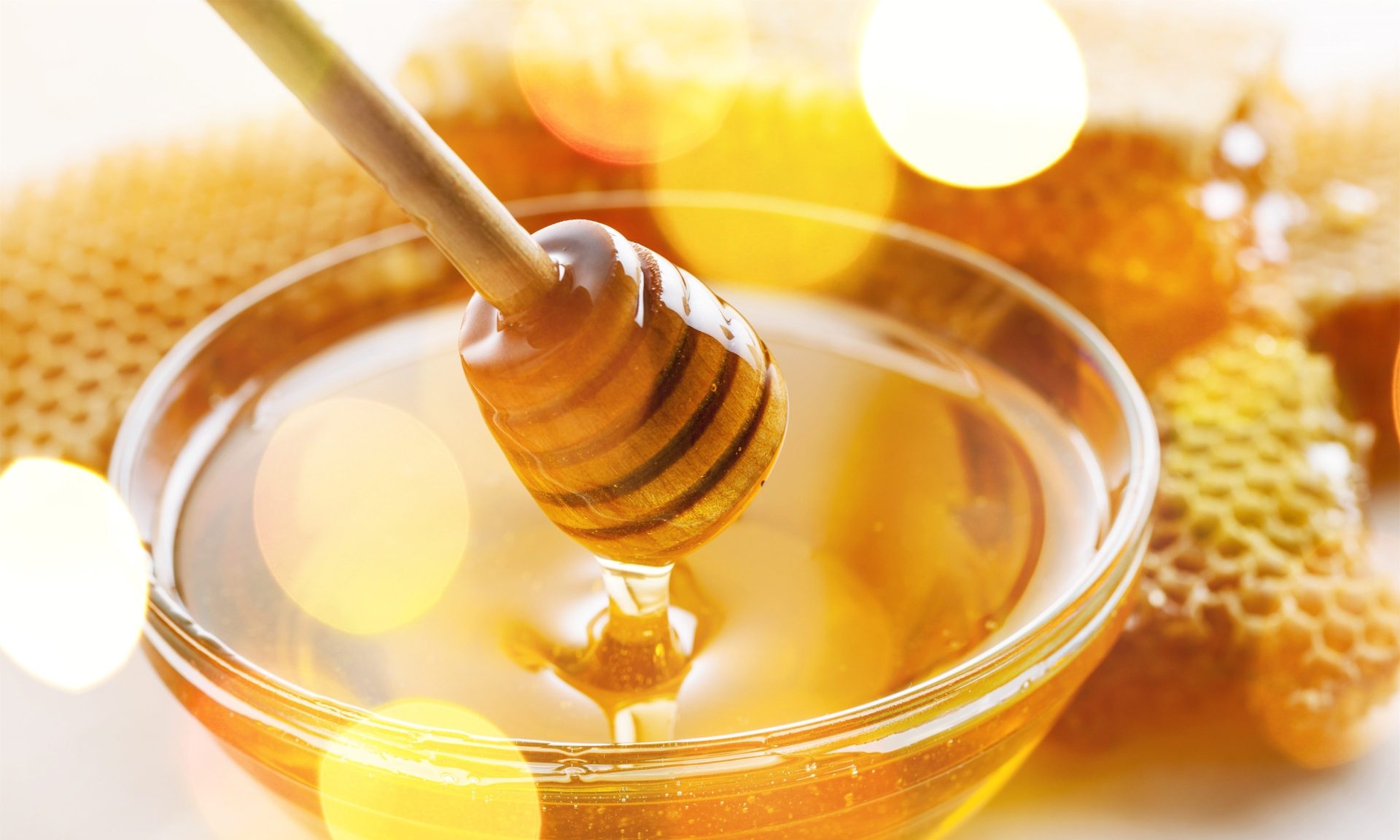

The Sour Truth about Honey
The Sour Truth about Honey
Honey, the first sweetener used by humans back in ancient Egyptian times, has long been prized as a sweetener and as a medicinal remedy. This is still true today.
According to a report by Global Research Future, the global honey market is expected to reach 2,768.7 kilotons by the end of 2023 at a compound annual growth rate of 7.22%1. It's the Asia-Pacific appetite for honey that is the key driver as consumption in the region continues to soar.
Demand for honey has grown steadily in recent years for a variety of reasons, including the rise of the health-conscious consumer, willing to spend more on natural products that have perceived health benefits. As demand continues to grow, supply runs short and this is showing no sign of improvement. Production in most countries has remained constant or has declined, affected by bee disease, the destruction of bees' natural habitats and adverse climatic conditions.
Add to this the lack of internationally harmonized honey regulations and we have created the perfect storm for fraud.
How is Honey Adulterated, and Why Does it Matter?
Honey can be adulterated either by adding inferior sweet syrups, such as corn syrup, to stretch the supply, or by false declaration of the botanical or geographical origin, which misrepresents the quality of the honey.
Although there are no known health risks associated with fraudulent honey, the commercial impact on the industry is significant. Media exposure of honey fraud has resulted in a significant drop in honey sales. As the extent of honey fraud becomes known to consumers throughout the world, we are losing confidence in its integrity, damaging the livelihood of beekeepers, honey producers and manufacturers.
The industry is calling for a reliable test that identifies adulterated honey to help eliminate substandard imitations from the food chain.
The Fight against Fraud
A number of methods are available to detect honey adulteration. These must be constantly updated to stay one step ahead of the fraudsters who are quick to find new ways to slip under the radar.
Standard methods for determining authenticity are no longer effective in many cases, as shown by the European Union's Joint Research Commission (JRC) report. Honey that was once adulterated with corn syrup, which can be detected using isotopic methods, is now doctored with rice syrup, which cannot be detected in the same way. In response, nuclear magnetic resonance (NMR) technology has been brought to the table because of its potential to rapidly detect impurities in honey.
NMR is capable of analyzing hundreds of chemical compounds at once and, because the methods and data are highly reproducible, identical data can be generated in different labs anywhere in the world. This builds a robust database of "honey fingerprints" that use known samples of both authentic and adulterated types as a quality reference.
Our collaboration with expert labs throughout the world has created a vast database of 18,000 honey reference samples, covering more than 50 countries and 100 botanical varieties. This honey profiling database contains both blended and industrial honeys, can be applied to both raw materials and finished goods testing, and is the only method that combines detecting sugar syrups with verifying the country of origin.
Our NMR helps honey packers, importers, exporters, beekeepers, commercial service providers and government laboratories across the globe to secure the world's honey supply and prevent adulteration of this much-loved natural remedy.
We have produced a series of educational videos to help regulators understand how we can help in the fight against fraud. Click here to see how NMR can protect our honey supply.